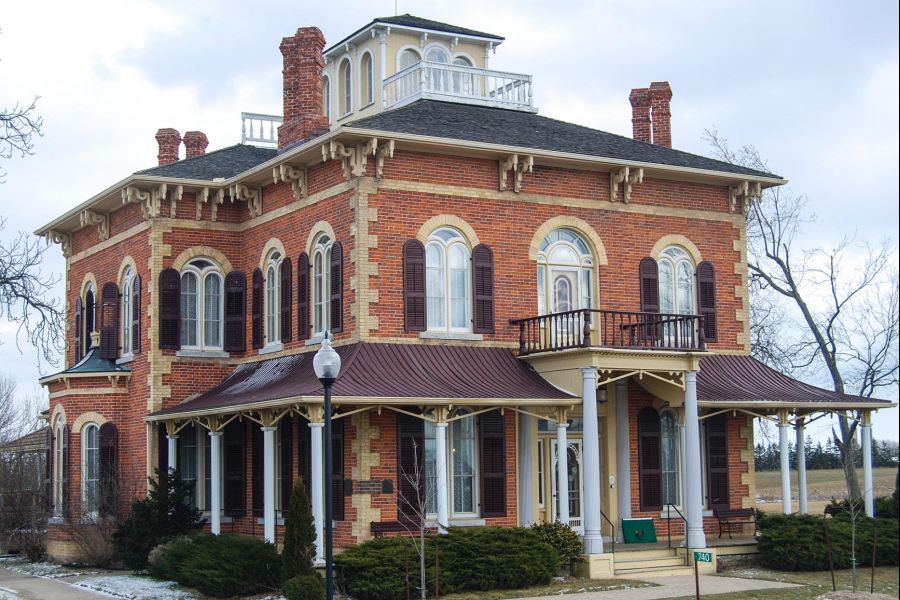First as a visitor and then as a resident, I have been driving the roads of Niagara-on-the-Lake for nearly 50 years.
From the beginning I was entranced by a town that had not followed the prevalent trend of the mid-20th century to tear down the old homes and replace them with modern builds. Here was a treasure trove that represented much of central Canada’s architectural legacy with an assortment of examples from the American experience thrown in.
It wasn’t too long, however, before I found a curious anomaly. It seemed that homes in various architectural styles popular between 1870 and 1900 were either very rare or completely missing from the town’s built heritage.
While it might be understandable that a town of Niagara-on-the-Lake’s size might not include a build in the ultra-expensive Romanesque Revival style, there was a total absence of Italianate homes as well (note that St. Mark’s rectory is a Regency Tuscan, not an Italianate).
While the mansard roof of the Second Empire shows up on Randwood and a couple of small period vernacular builds, there are no houses actually design/built in this style.
Perhaps most curious is the fact that arguably the most popular architectural style in the latter part of the 19th century was the Queen Anne and Niagara-on-the-Lake has only one period example.
So what caused this gap in the town’s architectural history?
Initially, I wondered if it might not have been small-town conservatism. After all, each of these styles could be seen to express the Victorian inclination toward the ornate and elaborate which might turn off a conventionally inclined populace.
However, there were plenty of more staid and even understated homes design/built by each of these schools of architecture. Moreover, it didn’t seem that the townsfolk had taken an issue with Gothic Revival design, which could certainly be the decorated equal of our missing architectural styles.
I suspect the real answer is somewhat more prosaic.
National and international economies of the late 19th century could easily be described as “boom and bust.” The first broad use of the term “Great Depression” occurred in England between 1893 and 1897. The United States suffered a national depression from 1873 to 1879, experienced significant bank panics occurring in 1884 and 1890, and then followed Britain into depression in 1893.
Then, like now, Niagara-on-the-Lake was heavily dependent on tourism and when the tourist trade dried up, so did the local economy. If you had to build a house during this period, the average folks went modest and vernacular.











